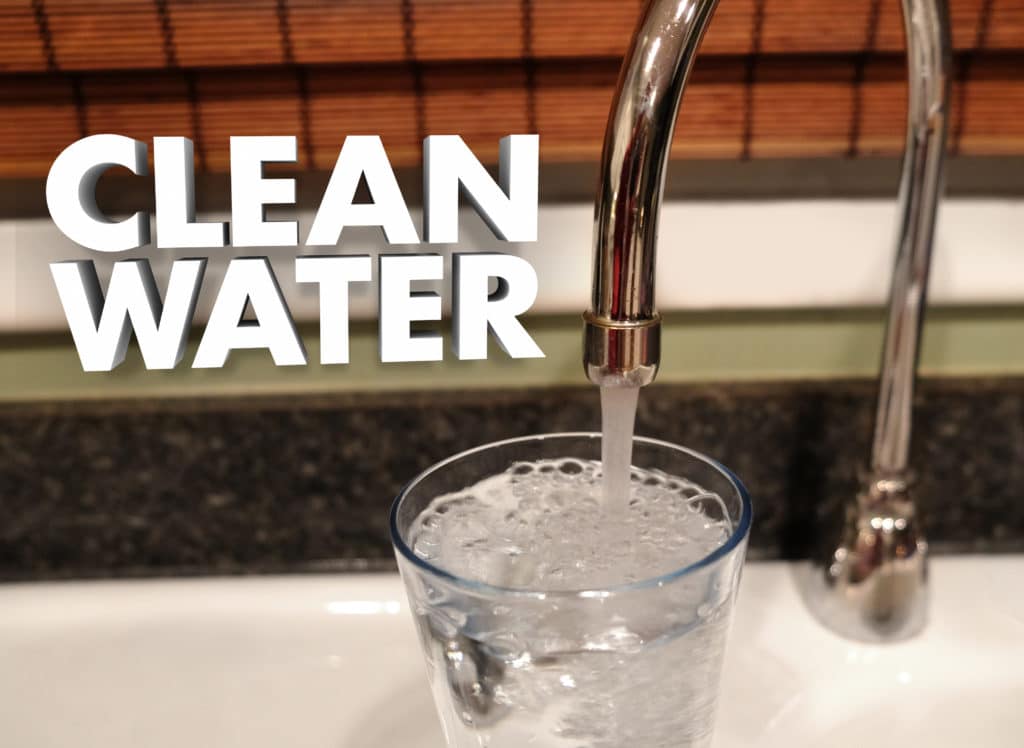Water quality is determined by the amount and types of bacteria present. Coliform bacteria is found naturally in the environment from soil, plants, and animals. The three groups of species are total coliform, fecal coliform, and E. coli. A drinking water quality testing lab is required to test public water systems, but a home owner with a well is responsible for having the testing done.
Total Coliform
Total coliform is a term used to include all bacteria. Not every bacteria is harmful, and most species will not cause illnesses, but the presence of coliform signals that your water supply may be at risk by contamination from disease-causing pathogens. There are over 100 water-borne viruses that are potentially harmful to humans, including the microscopic parasites Giardia and Cryptosporidium. Giardia is caused by contamination with feces from infected animals or humans. Cryptosporidium is a common waterborne disease in America. It is transmitted through unsanitary drinking water. Both Giardia and Cryptosporidium effect the gastrointestinal system. They can both be found individually without the presence of coliform.
Fecal Coliform
Fecal coliform comes from the feces of warm-blooded animals, including humans. Fecal coliforms may enter your water supply from failing septic systems, or agricultural run-off contaminated by animals. These might not harm you, but could be a sign that other harmful pathogens are also present. You should properly boil your potable water, or switch to bottled water until the situation is remedied.
Escherichia or E. Coli
E. Coli lives in the intestines of healthy animals and humans. Most strains are harmless, including one that makes the antioxidant vitamin K in your body. The toxic strain E. coli O157:H7 is the culprit that causes fever, severe abdominal cramps, diarrhea, and vomiting. The outbreak in the U.S. in May of 2018 affected over 197 people, and caused 5 deaths from complications. Antibiotics are useless against toxic E. coli. The best defense against toxic strains of pathogens are washing your hands in warm soapy water, avoid unpasteurized milk, cider, or other beverages, cook ground beef thoroughly, wash or peel fruit and vegetables before consuming, and avoid cross contamination of utensils, cutting boards, etc.
Water Testing Labs
The best drinking water testing lab will follow the requirements of the U.S. EPA National Primary and Secondary Drinking Water Regulations. If you think “there are not drinking water testing labs near me,” you need to contact your county health department to find out options to have your testing done.

